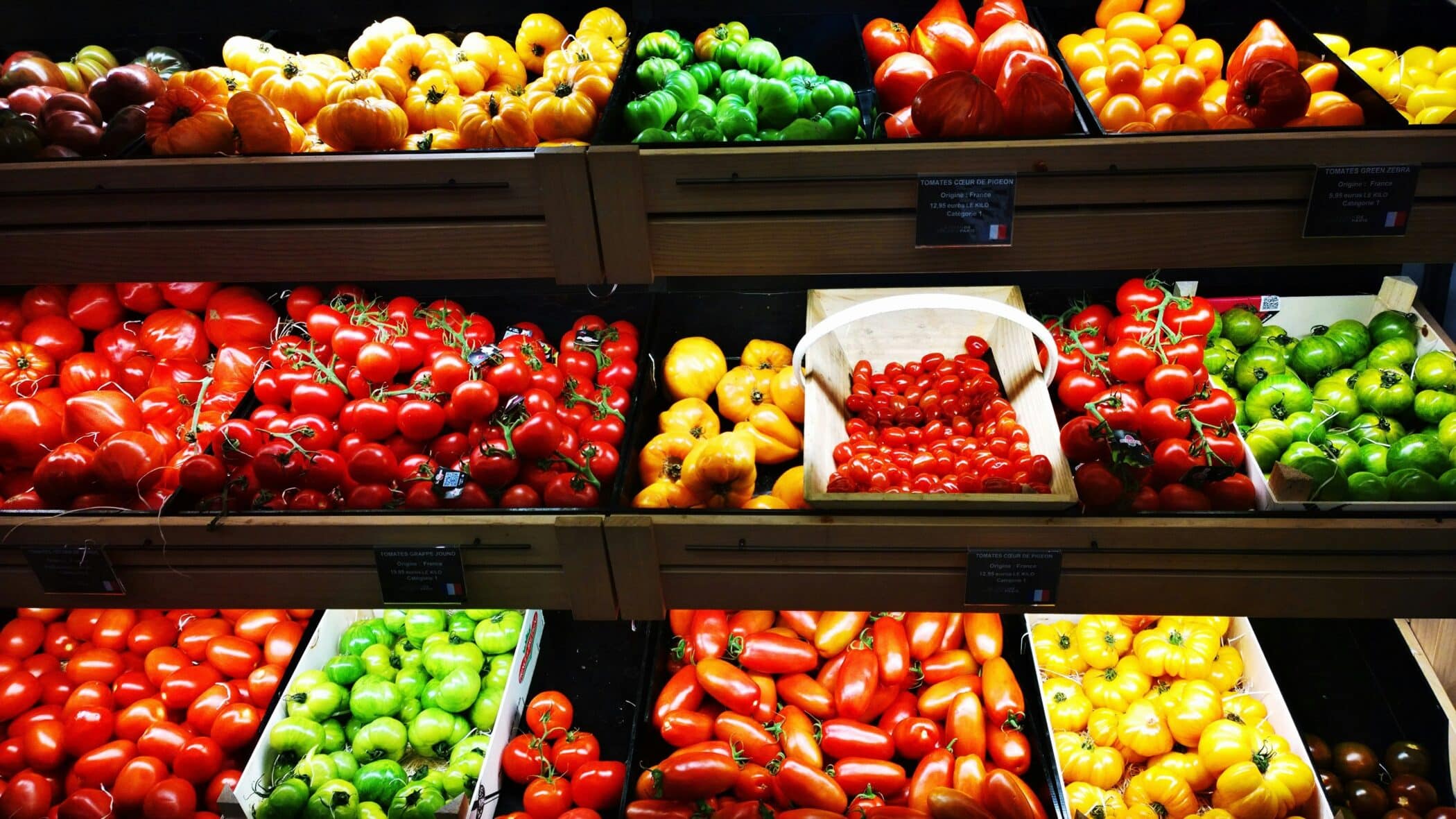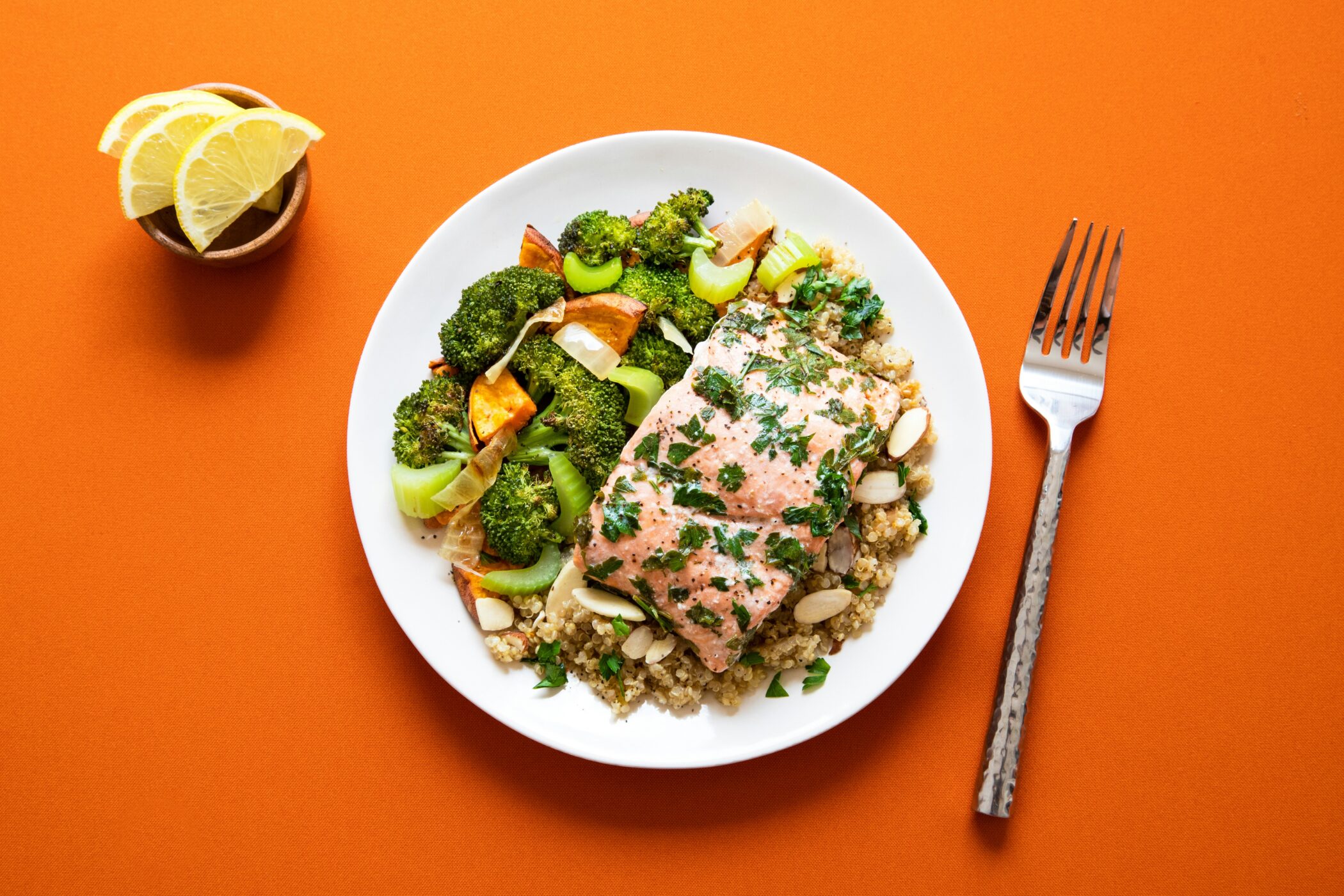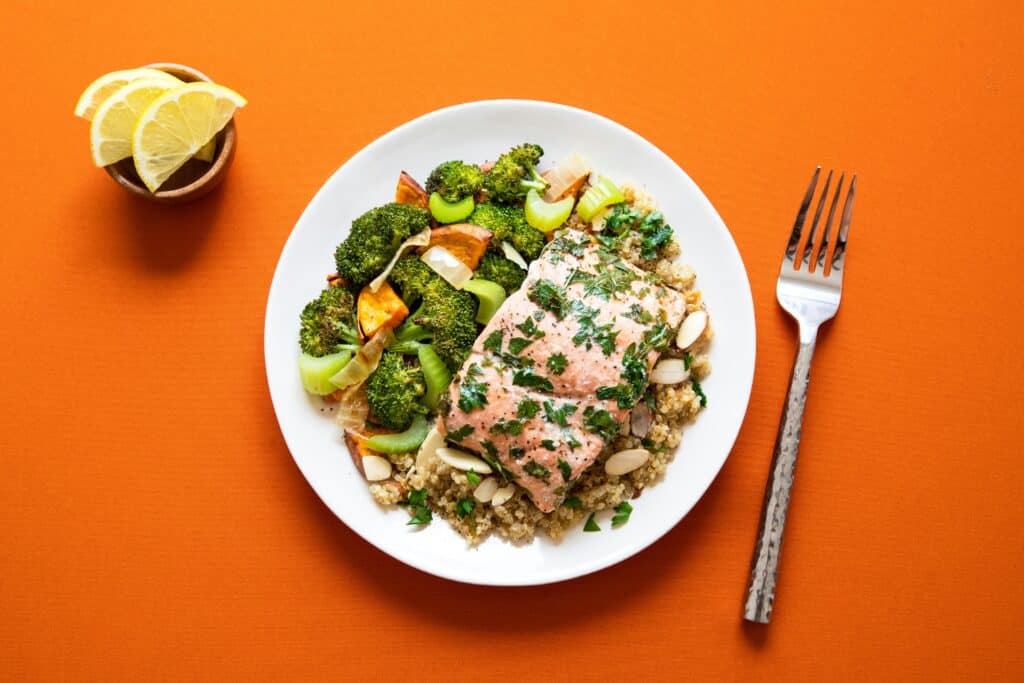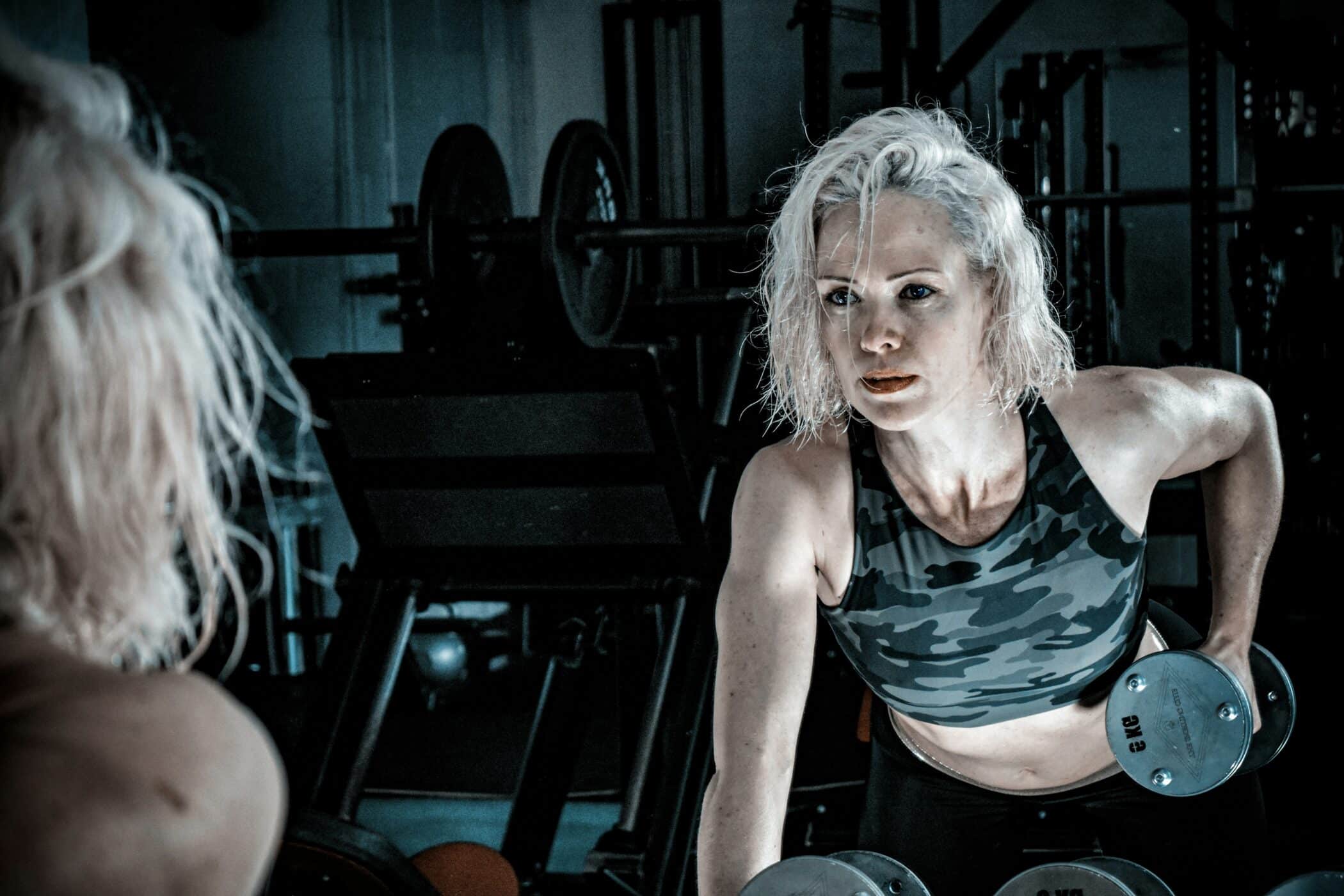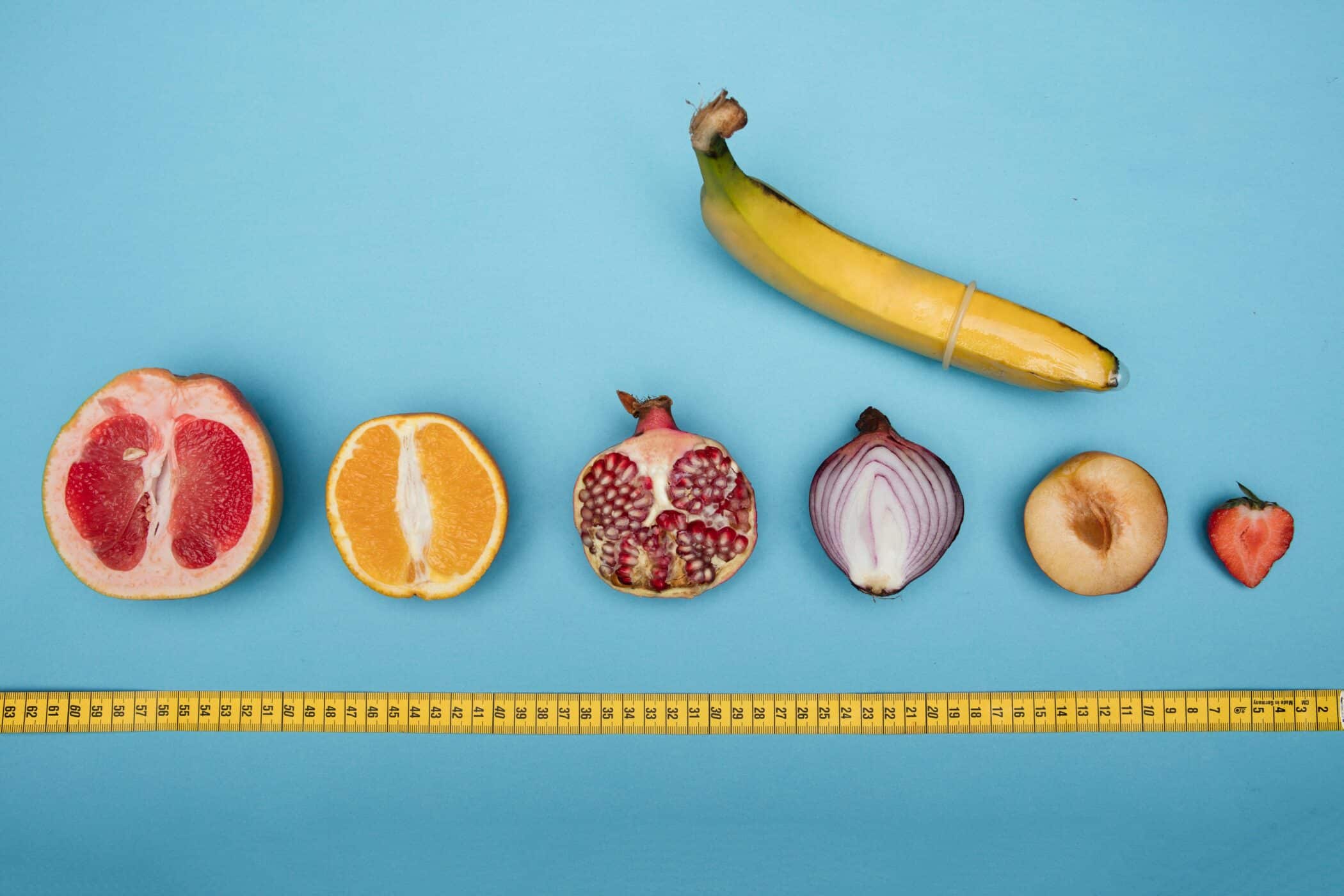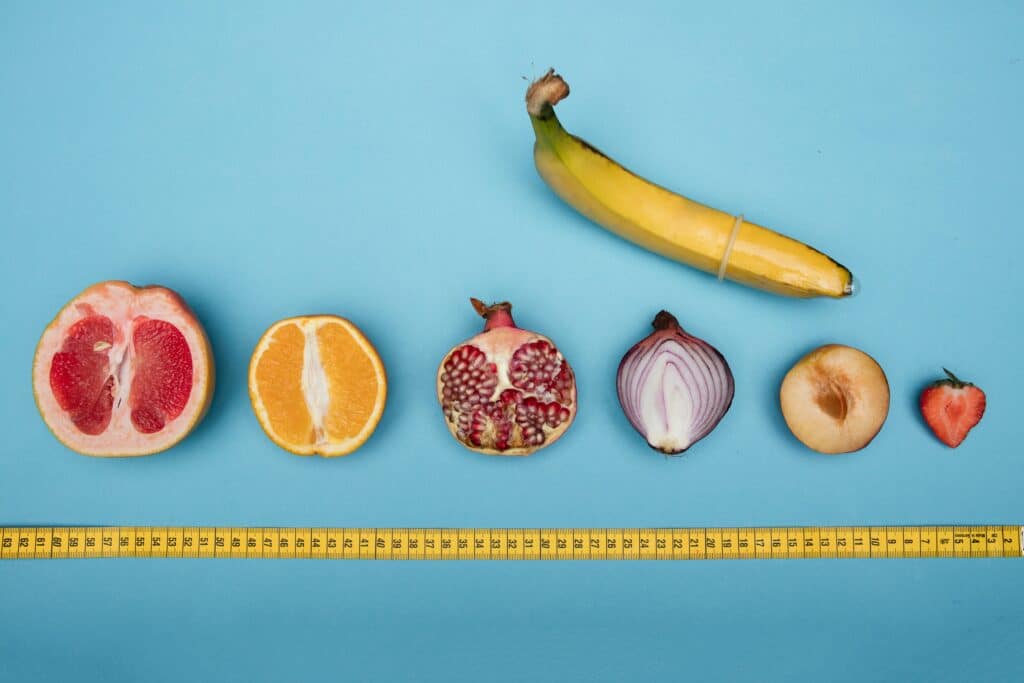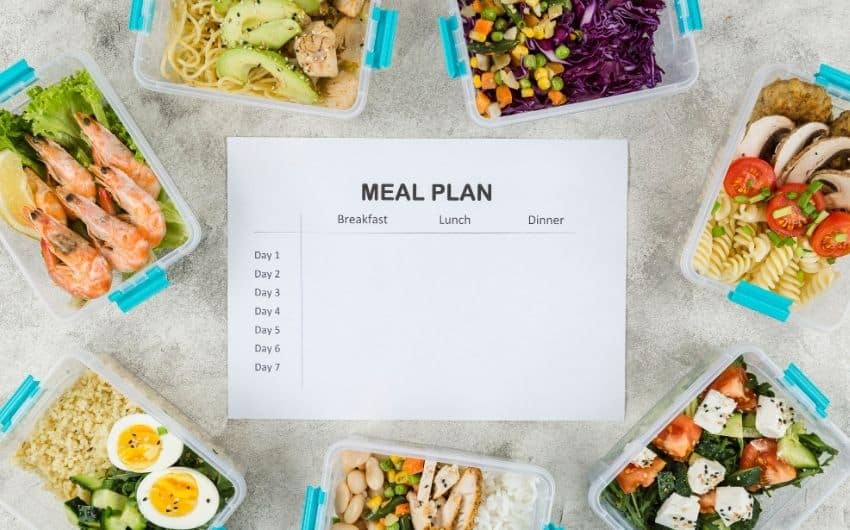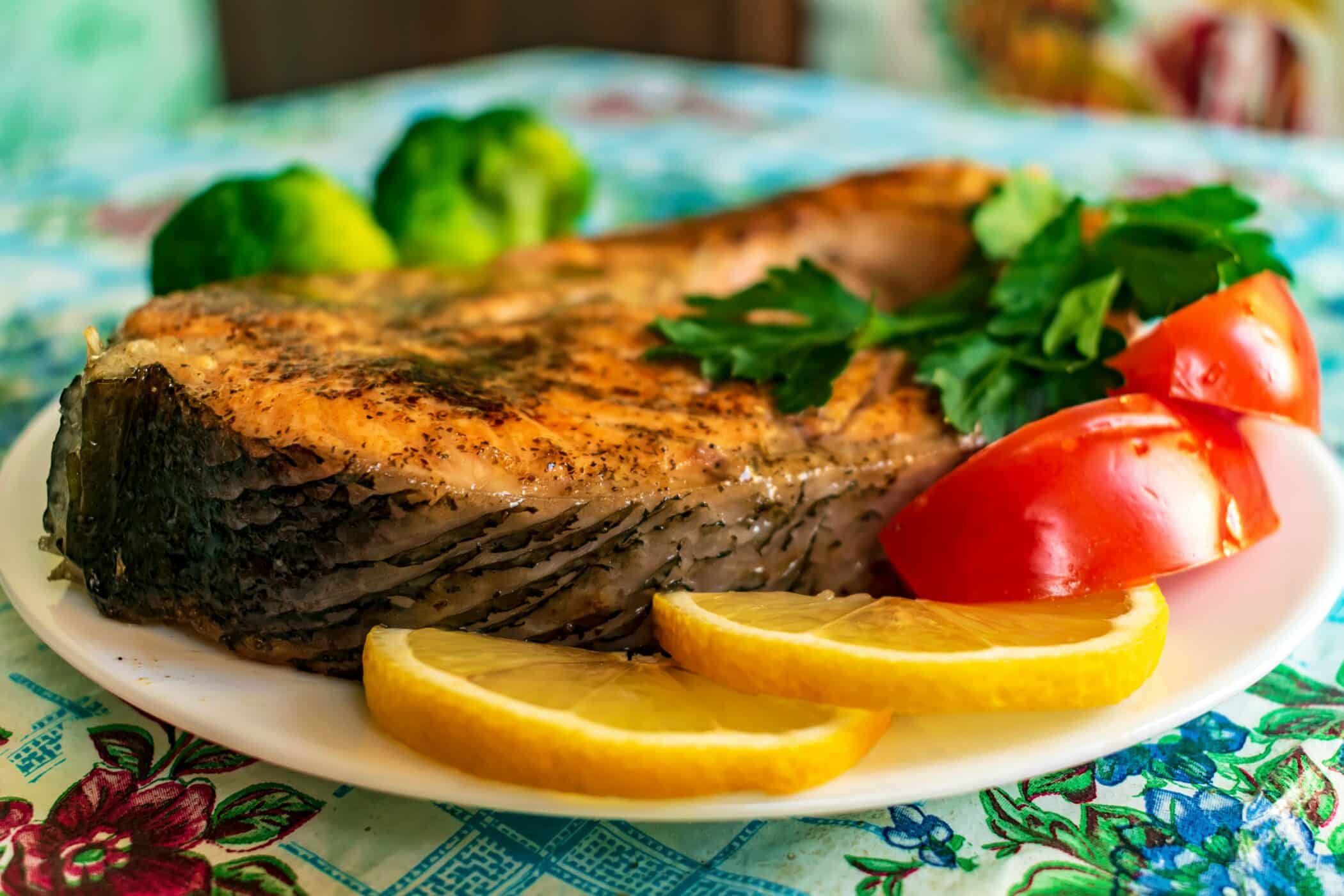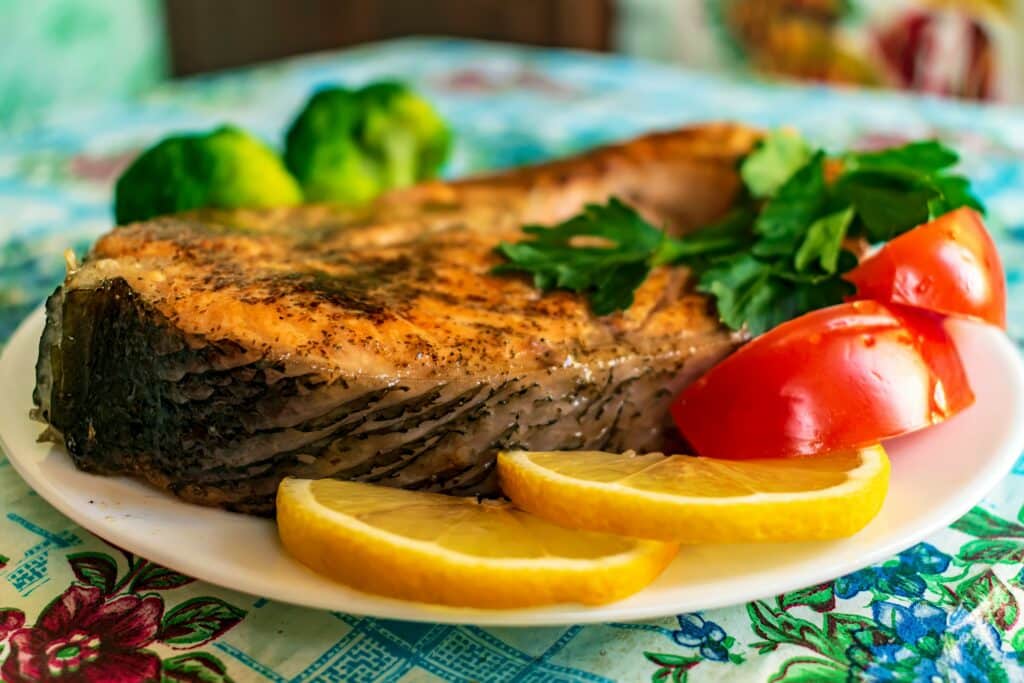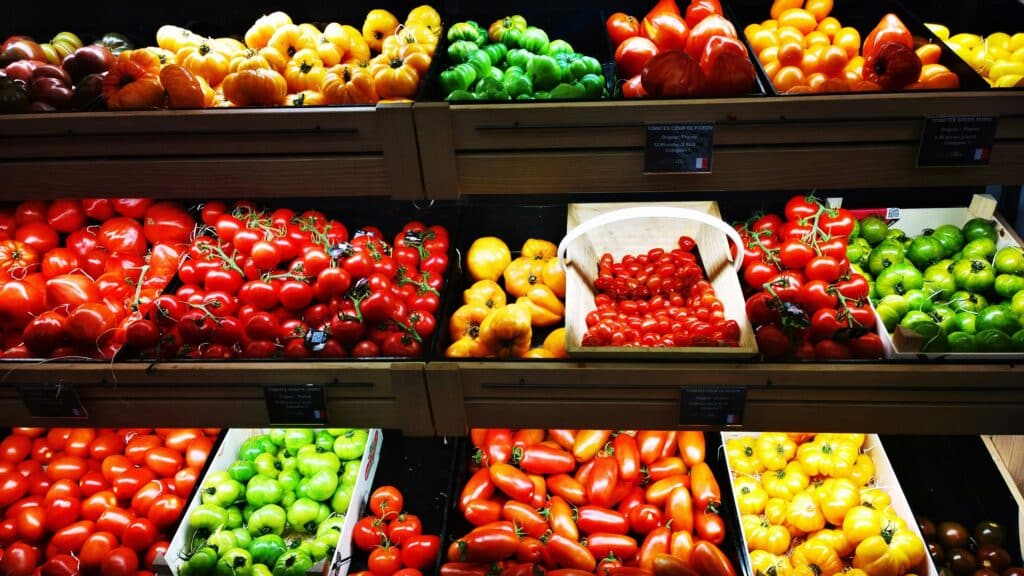
There are many different arguments about which diet we should choose or which one is the best for us. However, wellness and health communities agree that when we emphasize whole, fresh ingredients and minimize processed foods, we are doing a great thing for ourselves. This is why a whole food grocery list is of utmost importance.
This diet focuses specifically on plants, but minimally processed foods, too. It is an effective way to stimulate weight loss and improve health. Also, this diet can vary depending on how many animal products people want to include in their diet.
For some people this is not necessarily a diet, usually, it is a lifestyle. Therefore, in this text, we will talk a little bit about a whole foods diet, meal prepping whole food dishes, and a whole food grocery list that can be helpful when you go to the store.
Whole food diet
As we previously mentioned, a whole-food diet primarily focuses on unprocessed foods. Additionally, frozen fruit and vegetables, or canned beans can be also included because they are minimally processed.
Whole legumes, grains, fresh fruits, nuts, and veggies are the base of a healthy whole-food or plant-based diet. That said, here is the basic principle of this diet:
- Limits or avoids animal products
- It bases on minimally processed and whole foods
- The focus is on plants, veggies, fruits, whole grains, seeds, and nuts, which should make the majority of the food we eat
- Attention is on food quality, it can be focused on local, organic food whenever that is possible
- Excluding refined foods like white flour, processed oils, and added sugars
For these reasons, this diet often gets confused with vegan or vegetarian diets. They have some similarities, but, these diets are not the same.
To clarify, a whole-food diet is flexible. People who are following it eat mostly plants, but animal products are allowed, too. Some people following this diet may eat small amounts of eggs, poultry, meat, seafood, or dairy.
Studies showed that this diet has a high fiber content and less processed food which is a winning combination for weight loss. As a result, the weight is not coming back, so it is good for the long run, too. Also, there is a lower risk and reduced symptoms of chronic diseases, and some people call it heart-friendly.
Grocery list for followers of a whole-food diet
A great way to start any diet is by making a new grocery list. However, sometimes changing your diet can seem a little bit overwhelming or stressful. That is why the right shopping list can do miracles.
When you have a list of the things you need to buy, your fridge and pantry will be full of the right things. Therefore, you will have everything you need to stick with your diet. In the other words, this shopping list will provide you with that.
Fruits
Citrus fruits
Pears
Berries
Peaches
Bananas
Pineapple, etc.
Starchy vegetables
Sweet potatoes
Potatoes
Butternut squash, etc.
Vegetables
Kale
Broccoli
Carrots
Cauliflower
Asparagus
Spinach
Tomatoes
Peppers, etc.
Healthy fats
Olive oil
Unsweetened coconut
Avocados, etc.
Whole grains
Rolled oats
Quinoa
Brown rice
Farro
Barley
Brown rice pasta, etc.
Legumes
Chickpeas
Lentils
Peanuts
Peas
Black beans, etc.
Nuts, nut butter, and seeds
Cashews
Almonds
Macadamia nuts
Pumpkin seeds
Natural peanut butter
Tahini, etc.
Herbs, spices, seasonings
Rosemary
Turmeric
Basil
Curry
Salt
Black pepper, etc.
Plant-based milk without added sugar
Almond milk
Cashew milk
Coconut milk, etc.
Plant-based protein
Tempeh
Tofu
Plant-based protein sources or powders without artificial ingredients or added sugar
Condiments
Mustard
Nutritional yeast
Salsa
Vinegar
Soy sauce
Lemon juice, etc.
Beverages
Tea
Sparkling water
Coffee, etc.
If you are supplementing your whole-food diet with animal products, try to choose quality products in grocery stores, or, even better, buy them from local farms. Whenever possible try to get these:
- Beef and pork – grass-fed or pastured
- Eggs – pasture raised
- Seafood – wild-caught from fisheries
- Poultry – organic, free-range
- Dairy – organic products from pasture-raised animals
Foods to eat, avoid and minimize on a whole-foods diet
Most meals for many people are focused around eggs and bacon for breakfast or steak for dinner. So, when you want to change your diet and try whole foods, your meals should center around a well-planned whole food grocery list.
If you eat animal foods, you should do that in smaller amounts and you need to pay attention to the quality. Dairy, poultry, eggs, seafood, or meat that you eat need to be something that complements your plant-based meal, not the main point of it.
Food to minimize, or avoid if it is possible
This diet focuses on consuming foods in their natural form. So, heavily processed foods are excluded. When you make your whole food grocery list, try to focus on fresh foods. If you are buying foods with labels, go for items with the least possible ingredients. Try to avoid:
- Food with added sugar or sweets – soda, juice, pastries, cookies, table sugar, candy, sugary cereals, sweet tea, etc.
- Fast food – cheeseburgers, french fries, chicken nuggets, hot dogs, etc.
- Refined grains – white bread, white pasta, white rice, bagels, etc.
- Processed vegan-friendly foods – plant-based meats like tofurkey, vegan butter, faux cheeses, etc.
- Convenience or packed foods – crackers, cereal bars, chips, frozen dinners, etc.
- Artificial sweeteners
- Processes animal products – lunch meats, sausage, beef jerky, bacon, etc.
Food that you should minimize if you can`t completely avoid
These foods should also be excluded whenever possible:
- Pork
- Sheep
- Game meats
- Poultry
- Beef
- Eggs
- Seafood
- Dairy
Whole foods meal prep
Meal prepping for this kind of diet is similar to meal prepping for any diet. You need enough containers, meal plans, a shopping list, and maybe an hour once or twice a week. The better thing about prepping meals for whole foods diet is that you will spend even less time cooking.
Make sure to stick to your meal plan, prepare your groceries according to your whole food grocery list and start washing, chopping, baking, and boiling. You just need to decide how many meals you what to prep a day, and how many days a week. You can put the whole meals together or just prepare the ingredients and assemble them right before the meal.
Try to include five food groups in your meals for nutrition and a healthy diet. That way you will have all you need for an energetic day. Your every food container should be full of these important vitamins.
If you are baking vegetables, bake more so you can put them in a few containers for a few days of the week. Put nuts, berries, seeds, or similar foods in separate smaller containers so they do not mix up with other watery foods. Wash your vegetables for a salad, but don`t mix them with other ingredients before the meal because they can get soggy.
Meal prep is just something that can save you time during the week. It is easier when you have a plan and you don`t have to worry about what you are going to eat. Use the grocery list to help you assemble your tasty dishes.
Summary
To summarize and repeat – a whole-food healthy diet focuses on plant foods like fruit, veggies, legumes, whole grains, seeds, and nuts. If you eat animal products you should eat them in smaller quantities.
When you follow this diet you can get a lot of benefits, some of which are reduced risks of developing cancers, heart disease, cognitive decline, or diabetes. Additionally, it helps protect the environment, too.
Only by deciding to start a whole-food diet, you are doing a great thing for your body. If needed, we are here for all your questions and additional information. You have all the tools like a grocery list, food to avoid, and meal prep tips. Using these tools is a great start to a way to success.

